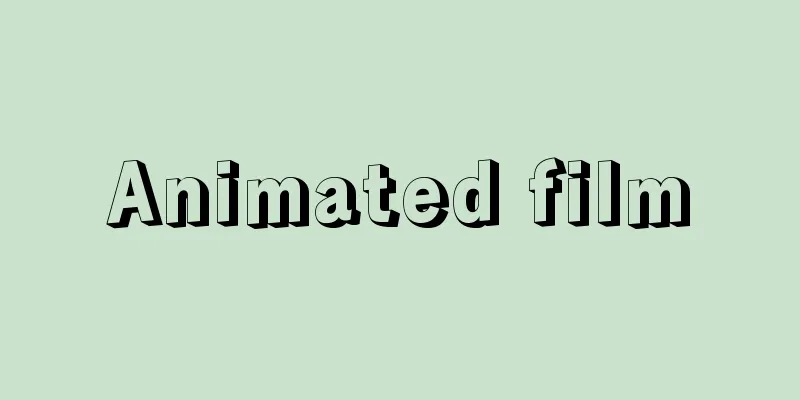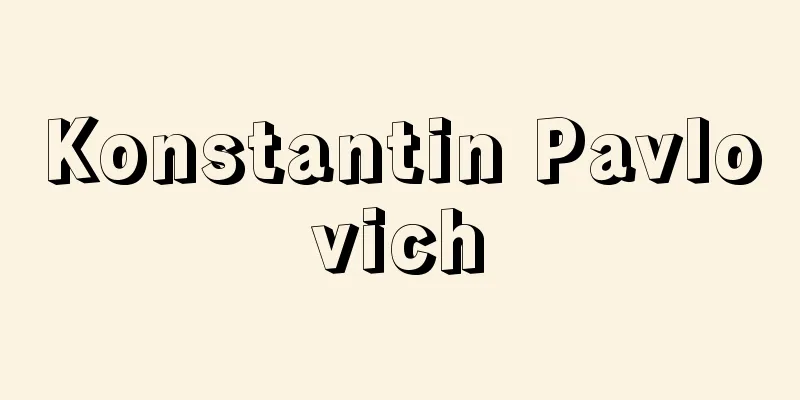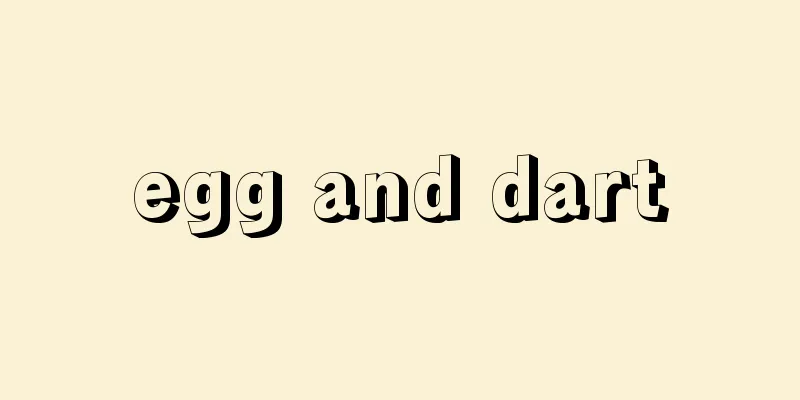Animated film

|
As the word animation (to breathe life into) comes from the Latin anima (soul), it is a general term for trick photography, in which a still picture is made to appear to be moving by filming and projecting each frame of a picture (moving image) that is gradually changed. Animation is based on the principle of a reverse process to "film," which fixes real movement by filming in detail. There are countless possible materials for filming, including pictures, photographs, paper cuttings, and three-dimensional objects such as dolls and clay sculptures. Source: Heibonsha World Encyclopedia, 2nd Edition Information |
|
ラテン語のanima(霊魂)から出たanimation(生命を吹き込むこと)の語源どおり,少しずつ変化させた絵(動画)を1コマずつ撮影し,映写することによって,それ自体は静止している絵を動いているように見せるトリック撮影およびそのようにして撮影されたトリック映画の総称。分解撮影によって現実の動きを定着する〈映画〉とは逆の工程がアニメーションの原理である。撮影素材は,絵,写真,切紙,また立体素材として人形や粘土細工など無数に考えられる。
出典 株式会社平凡社世界大百科事典 第2版について 情報 |
Recommend
Interferometer
A device that uses the interference that occurs w...
Apute, HN - Apute
…Other themes of his novels were historical works...
Wang Shizhen - Wang Shizhen
A Chinese writer in the mid-Ming Dynasty. His pen...
Rhine Towns Alliance (English spelling) Rheinischer Städtebund German
In the late Middle Ages, an alliance was formed b...
hornbeam
...A deciduous tall tree of the birch family that...
Maitreya Sutra - Mirokukyo
A general term for the sutras that describe the fu...
Antlers - Edazuno
Branched antlers found in mammals of the deer fami...
Heart Sutra Society - Shingyoe
A ceremony to recite the Heart Sutra. Since the Na...
Dried fruits
Dried fruits are processed foods that are dried b...
Agegoshi
...This refers to a palanquin or palanquin carrie...
Karlstadt
…It is an economic and cultural center at the con...
Commentary - Takuhyo
An administrative unit within the Silla Kingdom in...
Soft drinks - soft drinks
A general term for non-alcoholic beverages and wa...
Sariwon - Sariin
A city in the western part of North Hwanghae Prov...
Kaimai (returning rice) - Kaimai
In the Edo period, this term referred to the trans...









